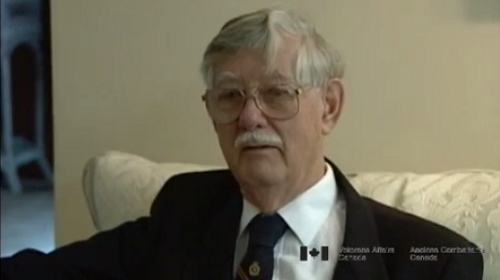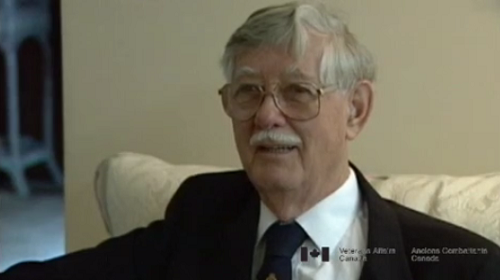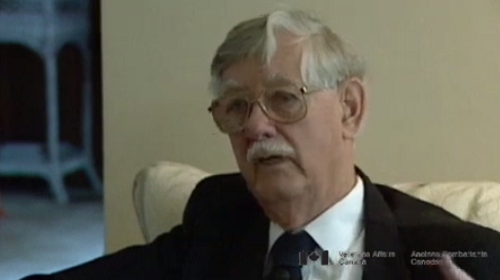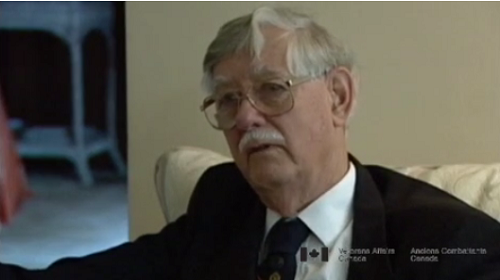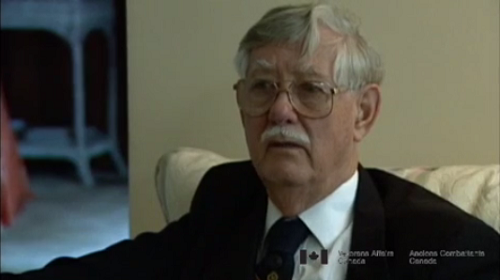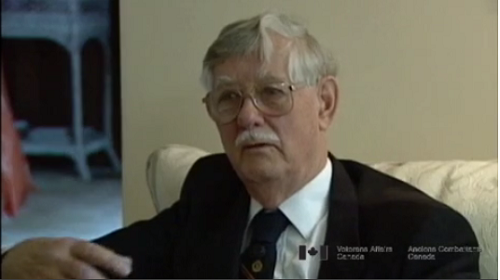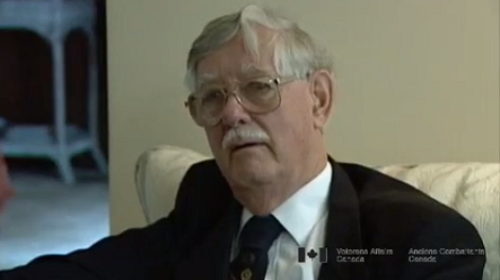Getting Through Fighter Activity
Heroes Remember
Getting Through Fighter Activity
I would say that the worst we had was weather,
really, to a lesser, of course, fighter activity,
even though we lost some to fighter activity.
You knew that you had to get through or, if
it was at all possible with your load and
so I think you took chances that you
sometimes wouldn't have and the weather
out there is rated as probably one of the,
particularly when the monsoons come,
the worst in the blinking world,
but it was not uncommon for you to get
caught in some of these down drafts and
up drafts. I've seen us there at 4,000 feet
trying to get over hills and going through
a hole and first thing I know you're
just going straight up about 16,000 feet
just holding onto everything and
everything is unwinding and what have
you and then the next thing,
bringing you down so it's a bit of a
horrifying thing if you get caught in
one of these and you try to avoid them
but I think practically everybody
experienced some unpleasant weather deals.
Related Videos
- Date modified:



